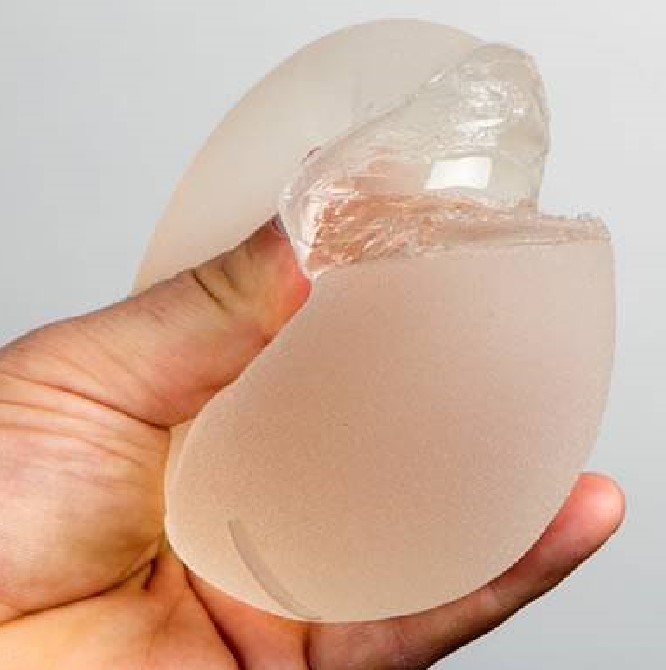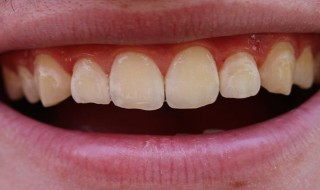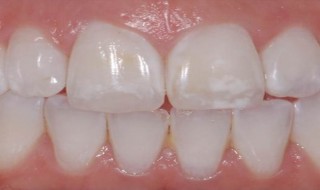Gummy Bear implants Pros and Cons, Cost, Precautions (Detailed Explanation)
Gummy bear implants pros and cons
Overview
Gummy bear breast implants are one of the options for breast augmentation. The term "gummy bears" is a nickname for these teardrop-shaped, gel-based implants. They are known to hold their shape better than other types of saline and silicone breast implants.
Introduced in the mid-2000s, gummy bears, also known as high-cohesive gel, breast implants result from an evolved product that has been engineered for more than a century.
You may be a good candidate for this surgery if you want more volume in your breasts without the extreme shape of other implants. However, this procedure is not approved for pregnant or breastfeeding women. Silicone implants are also only approved for those aged 22 or older.
What gummy implants are made of?
A breast implant contains an outer silicone shell and a filler material. Most breast implants have either silicone gel or saline solution. Gummy breast implants have both a silicone shell and a silicone gel filling. Their advantage compared to other silicone implants is that gummy implants keep their shape and leave breasts naturally soft to the touch.
Unlike traditional silicone-based breast implants, gummy implants retain their shape even when their shells are broken. This is because the gel is thicker. Another popular type of breast implant is saline-based. Unlike thick gummy bears and traditional silicone gel implants, saline breast implant shells are filled with saline or saline solutions.
Are gummy bear implants safe?
After years of evaluation, breast implants become safe. However, your doctor will order regular screenings to ensure your implants stay in place and aren't broken. In the past, breast implants carried a higher risk of rupture and related complications. If ruptured, gel material could ooze out of the shell and into the surrounding tissue.
Because of their strength, gummy implants are less likely to rupture and leak out compared to other silicone gel and salt forms. The risk, however, is that if gummy implants do leak, it's harder to detect the leak than with saline implants. For this reason, screenings are essential to detect problems. For silicone implants, the US Food and Drug Administration (FDA) recommends monitoring MRIs 3 years after placing and every two years.
Gummy implant's pros and cons
Like other types of breast implants, the overall goal of gummy implants is to improve shape and size. However, a disadvantage of this breast augmentation is that the surgeon has to make a longer incision, which increases the risk of visible scars. Breast augmentation doesn't involve droopiness. If this is your main concern, you should talk to a doctor about a breast lift instead.
Round versus teardrop-shaped implants
Traditional saline and silicone implants tend to offer a round shape. Therefore, there will be no problems if the implants rotate at some point in the future, as most implants tend to do. Gummy bear implants are teardrop-shaped. They are also thicker or denser compared to the other two most popular types of implants.
This option can be beneficial if you're looking for less fullness in the upper part of the chest and a more natural hang on the lower half. However, it becomes more noticeable when the implants turn out of place as they are not the same shape on all sides. These form implants to prevent twisting or shifting, the shell of the gummy implant is typically textured, which allows the tissue to grow into it, somewhat like Velcro.
These shaped, textured implants have been shown to have a lower rate of a complication called capsular contracture. This happens when the tissue around the breast implant becomes abnormally dense or thick, causing asymmetry, pain, and an uncomfortable appearance. Capsular contracture is one of the most common surgical complications related to breast augmentation and is a common reason for repeat surgery.

Gummy bear implants cost
Breast augmentation procedures are typically not covered by insurance. Instead, they are paid out-of-pocket. According to the American Society of Plastic Surgeons, the national average for a breast augmentation procedure was $3,718 in 2017. Gummy bear implants are much more expensive. A vendor offers an estimate of between $6,000 to $12,000. Factors close your doctor, their technique
And office location.
It is also essential to remember that there may be other costs associated with gummy breast implants outside of the actual surgery. This includes hospital and anesthesia fees and the clothing items you'll need during recovery. It's a good idea to review all of these costs ahead of time.
In 2011 the FDA found a link between breast implants and a type of rare cancer known as breast implant-associated anaplastic large cell lymphoma. The exact causes of this cancer are not understood, but textured implants may be linked to more cases than smooth implants.
It is also important to realize that breast implant results are not permanent. Aside from the risk of an implant rupturing, the American Society of Plastic Surgeons notes that breast implants are not made to last for life. They will likely need surgery to replace them in the future. On average, women return or remove implants after ten years. The longer you have had breast implants, the more likely you are to experience side effects in the future.
Stable body weight is preferred before having this type of surgery. This is because significant changes in your weight can change the appearance of your breasts.
The teardrop shape of gummy bear implants is an option if you don't want the curve of other implants. However, these do carry a risk pivot at some point. When this happens, your breasts can become irregular in shape until the surgeon fixes the implants or replaces them.
Bring away
Gummy implants are believed to be more durable and could last longer than alternatives. Still, this durability comes at a price, as gummy implants are more expensive than their other silicone- and salt-based counterparts. They're also not risk-free, so finding an experienced, reputable surgeon is essential.
Related Topics :
This text 11 NISAN 2022 It was written on.














